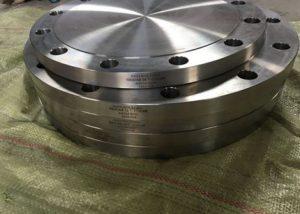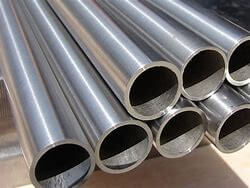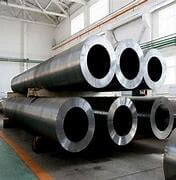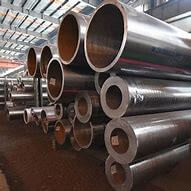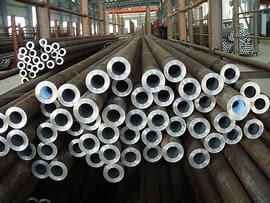Stainless steel 304 is one of the most commonly used metals nowadays, due to its physical characteristics such as corrosion resistance, durability, and high strength, it’s highly regarded and chosen over other metals. Stainless Steel 304 Flanges are among the many items made from this alloy that is used in the commercial, industrial, and home sectors. This alloy is available in many shapes and sizes. This article examines eight different types of flanges and their use.
Types Of Stainless Steel Flanges And Their Uses:
Slide-on flanges have a slightly larger diameter than pipes in order to make them easier to slide over the pipes. These are the most affordable flanges available for purchase. These stainless steel Slip-On flanges are fillet welded to a location and are suited for low-pressure applications.
Identified by the projecting neck, Weld Neck flanges have the same angle and thickness as pipe and fittings. For applications in sub-zero or extremely hot and pressured environments, Weld Neck Flanges are recommended.
High-pressure pipes with tiny diameters can be connected to Socket Weld flanges. Its load-bearing capacity is increased by interior welds in socket weld flanges. Flanges like these are used in chemical manufacturing.
This type of flange has no bore and is used to seal vessels or pipe systems that require continuous monitoring. Blind flanges are appropriate for use in pipe systems or vessels that need constant monitoring. Hubs are not necessary with blind flanges. A blind flange made of stainless steel 304 can sustain excessive compressive stress.
Lap Joint flanges are used with stub ends and may be referred to as slip-on fittings. For example, for low alloy steel pipes, carbon steel pipes, or pipes that require regular maintenance, lap joint flanges are a good solution.
Orifice Flanges are steel flanges that are used to meter liquids or gases. On the orifice flanges, there are orifice plates or flow nozzles.
An integral Thread is featured within the flange bore and matches a corresponding male thread on the pipe for screwed flanges. Floating flanges are commonly used in specialized applications, and they require no welding to be installed. Pipes that have an external thread are suitable for stainless steel 304 flanges.
High-temperature and high-pressure applications require Ring-Type Joint Flanges. Ring-type joint flanges are designed with a specially shaped grove that can easily collapse on a blind, slip-on, or welding neck flange. By adding flanges to pipelines, leaks can be prevented when high-pressure and high-temperature media are transported.
